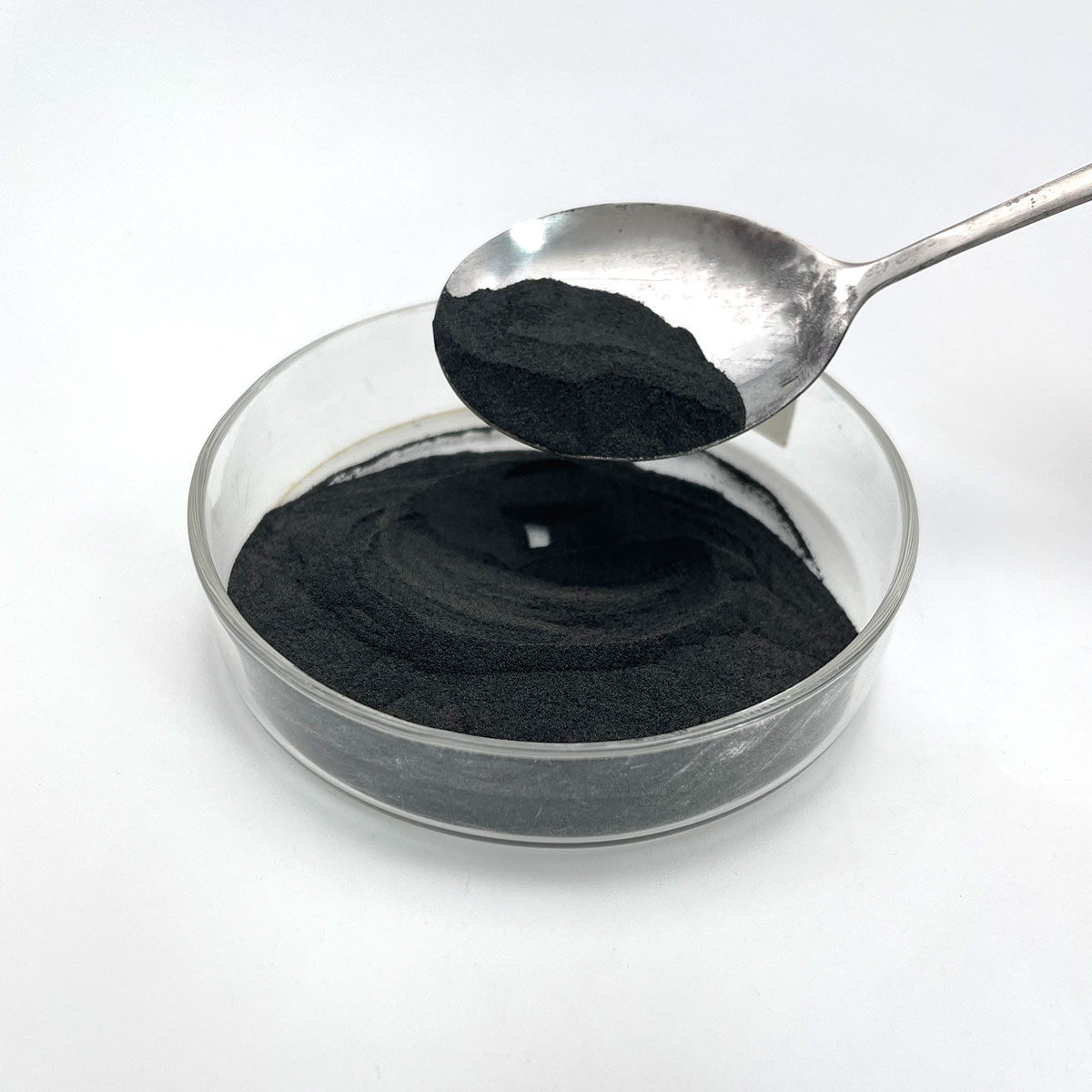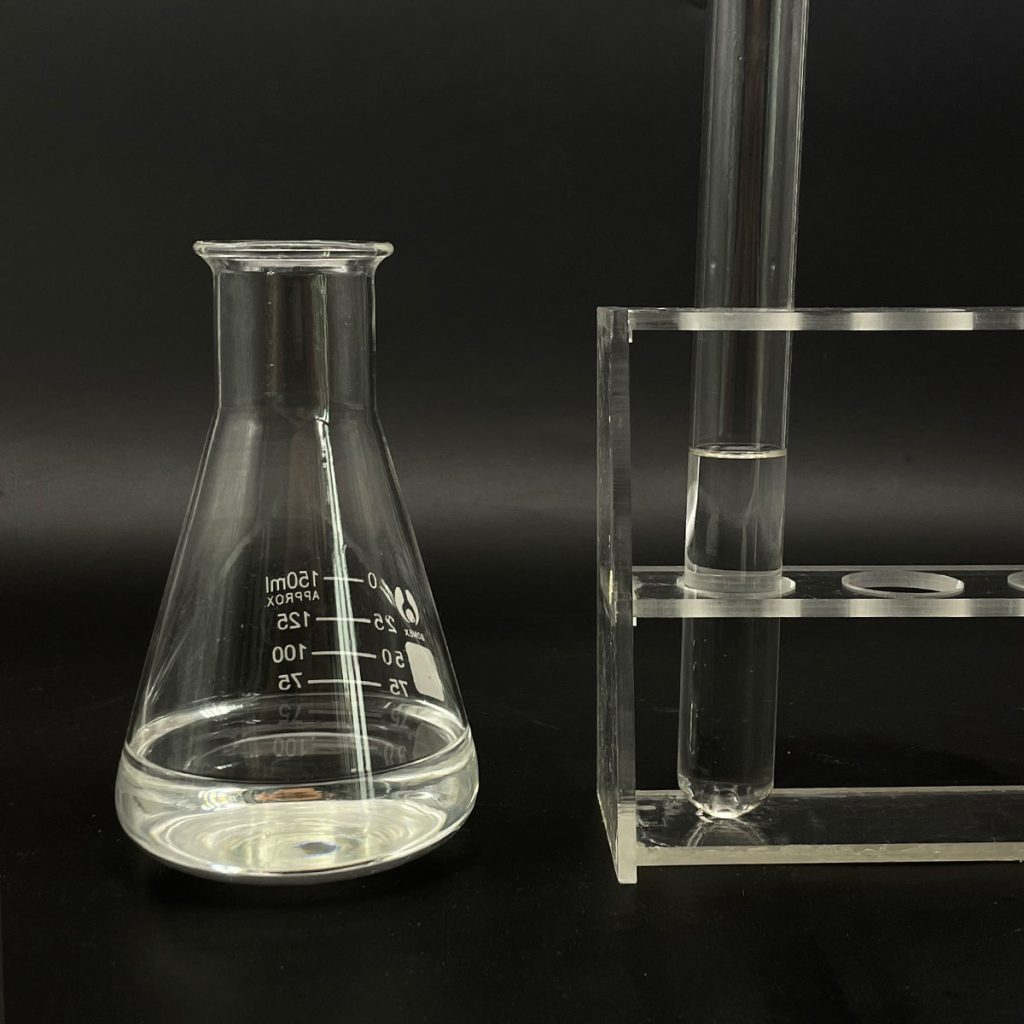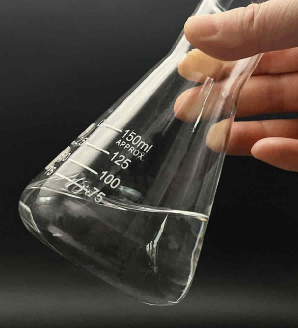1. Introduction
In a development reported by AgriTech Today on June 26, 2024, major agrochemical manufacturers are reformulating glyphosate-based herbicides to include optimized surfactant blends that enhance rainfastness and foliar uptake—especially under drought conditions. Among the key ingredients being re-evaluated is sodium lauryl sulfate (SLS), a classic anionic surfactant now finding renewed relevance in high-efficiency weed control systems.

While sodium lauryl sulfate is widely recognized in shampoos and toothpastes, its role as a surfactant for herbicides represents a sophisticated, niche application that leverages its strong wetting and emulsifying properties. This article delves into how SLS functions in advanced agricultural formulations, compares it with alternatives like sodium laureth sulfate and coco glucoside, and explains why it remains indispensable despite the rise of bio surfactants.
2. Sodium Lauryl Sulfate as a Surfactant: Core Properties
Sodium lauryl sulfate—also known as sodium dodecyl sulfate (SDS) or natrium lauryl sulfate—is an anionic surfactant derived from lauryl alcohol (dodecyl alcohol). Its molecular structure features a hydrophobic tail and a hydrophilic sulfate head, enabling it to reduce surface tension at interfaces. This property is central to its function as a wetting agent for grass and other plant surfaces.
In agricultural contexts, the meaning of surfactant refers to compounds that help herbicide solutions spread evenly, adhere to waxy cuticles, and penetrate plant tissues. SLS excels here due to its low critical micelle concentration and rapid adsorption kinetics. Unlike nonionic surfactants such as polysorbate 80 or ethoxylated alcohols, SLS provides strong charge-driven dispersion, which is particularly effective with ionic active ingredients.
3. Role in Herbicide and Weed Killer Formulations
Modern herbicide efficacy depends heavily on adjuvants—additives that improve delivery. Sodium lauryl sulfate for sale is increasingly used in tank-mix adjuvants as a primary surfactant for weed killer systems. It acts as a lawn wetting agent, ensuring that droplets do not bead up and roll off leaves, a common issue with hydrophobic plant surfaces.

Compared to methylated seed oil (a common oil-based adjuvant), SLS offers faster initial wetting but less rainfastness. Therefore, formulators often blend SLS with nonionic surfactants like decyl glucoside or alkyl polyglucoside to balance performance. This synergy allows for reduced active ingredient usage while maintaining kill rates—a key sustainability goal in precision agriculture.
4. Comparison with Other Surfactant Classes
Anionic surfactants like sodium lauryl sulfate, sodium dodecylbenzene sulfonate, and sodium coco sulfate provide excellent detergency and foaming but can be sensitive to hard water. In contrast, cationic surfactants such as cetyl trimethyl ammonium bromide (CTAB) are rarely used in herbicides due to phytotoxicity risks.
Amphoteric surfactants—including cocamidopropyl betaine (also called coco betaine or amidopropyl betaine)—offer mildness and compatibility but lack the aggressive wetting power needed for tough weed control. Meanwhile, nonionic surfactants like Span80, Pluronic 127, and lignin sulfonate are valued for stability but often require higher concentrations.
Notably, sodium lauryl ether sulfate (also labeled sodium lauryl ether sulphate, SLES, or laureth sulphate) is less irritating than SLS but slightly less effective as a wetting agent in hard water conditions. Hence, SLS remains preferred in many agricultural settings where cost and performance outweigh irritation concerns—since human exposure is minimal in field applications.

5. Emerging Trends and Sustainable Alternatives
With increasing regulatory pressure on synthetic surfactants, bio surfactants like sodium cocoyl glutamate, sodium lauroyl sarcosinate, and coco sodium sulfate are gaining traction. These offer biodegradability and lower ecotoxicity. However, they often cost 2–5 times more than SLS and may underperform in high-temperature or low-humidity environments.
Companies like Rohit Surfactants Private Limited are now developing hybrid systems that combine SLS with bio-based co-surfactants such as coco glucoside or sodium deoxycholate to meet both performance and sustainability benchmarks. Early field trials show promise, but SLS remains the benchmark for cost-effective herbicide enhancement.
6. Practical Considerations for Use
When formulating herbicides, typical SLS concentrations range from 0.1% to 0.5% by volume. For example, in a standard Roundup mix, adding 1–2 teaspoons of a 30% SLS solution per gallon of water can significantly improve efficacy—especially on mature or drought-stressed weeds.
It’s important to note that SLS should not be confused with ammonium lauryl sulfate or sodium laureth (which contains ethoxylated chains). While sls sodium lauryl sulfate and sls sodium are common shorthand, precise identification matters: sodium lauroyl methyl isethionate and sodium cocoyl isethionate are milder alternatives unsuitable for agricultural use.
7. Conclusion
Sodium lauryl sulfate continues to play a vital, specialized role in advanced herbicide systems—not as a relic of outdated chemistry, but as a high-performance, economical surfactant that bridges traditional and modern agrochemical needs. While alternatives like alkyl polyglucoside and fluoro surfactants emerge, SLS’s unique balance of wetting power, solubility, and cost ensures its ongoing relevance in sustainable weed management strategies.
Our Website founded on October 17, 2012, is a high-tech enterprise committed to the research and development, production, processing, sales and technical services of ceramic relative materials such as How. Our products includes but not limited to Boron Carbide Ceramic Products, Boron Nitride Ceramic Products, Silicon Carbide Ceramic Products, Silicon Nitride Ceramic Products, Zirconium Dioxide Ceramic Products, etc. If you are interested, please feel free to contact us.


